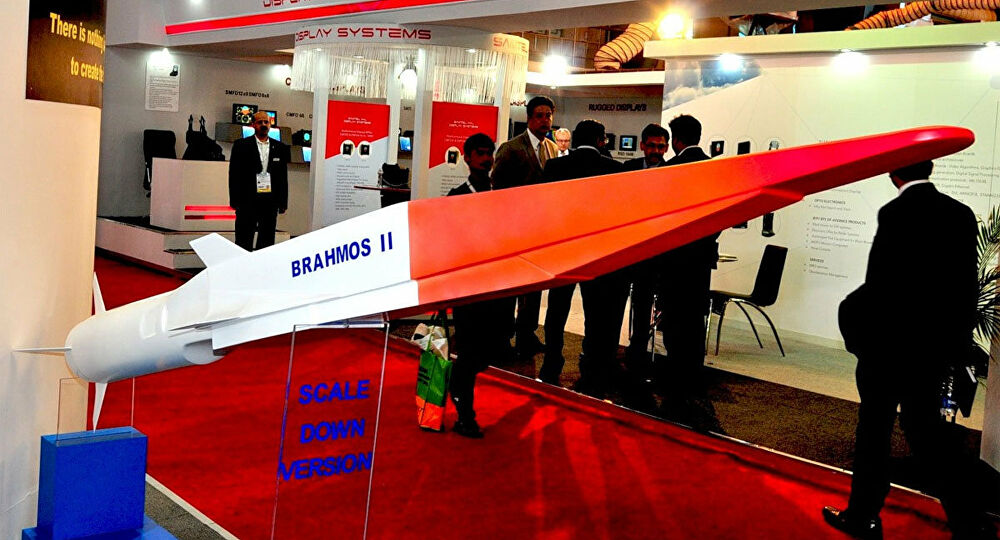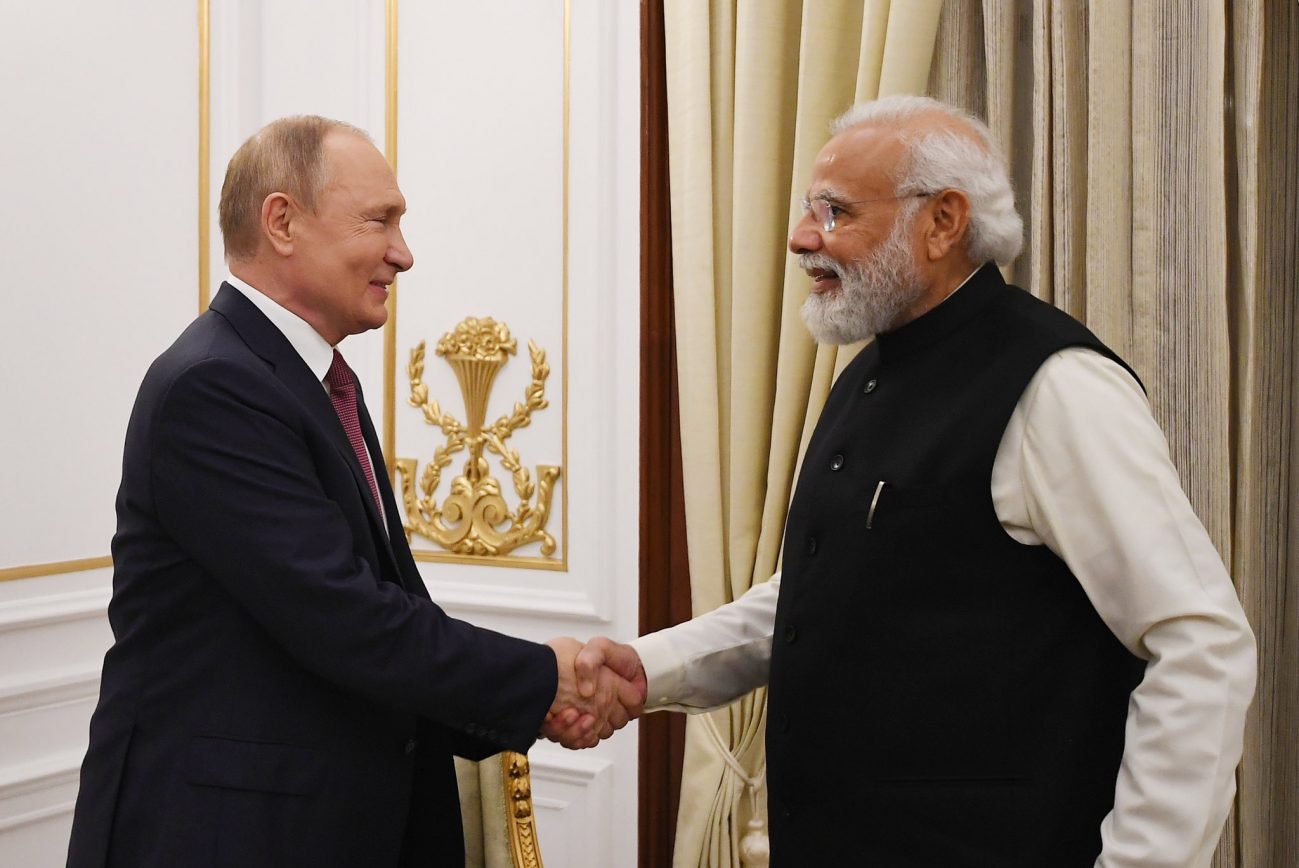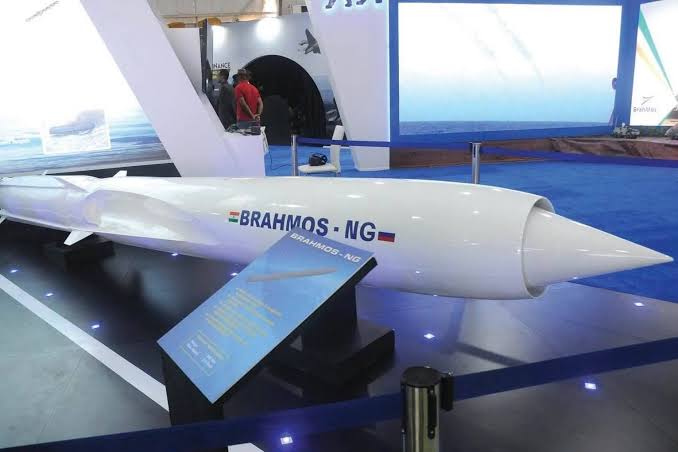On June 12, India began the ‘Silver Jubilee Year’ celebrations to commemorate the 21 years since the launch of the BrahMos supersonic cruise missile. In the first segment of celebrations, BrahMos Aerospace made announcements that would potentially set the tone for India’s missile development in the near future.
China’s ‘Meteorite-Like’ Planetarium Begins Work; Will Have World’s Largest Telescope At ‘Roof Of The World’
BrahMos is a supersonic cruise missile developed by the Russian-Indian joint company BrahMos Aerospace. The Russian NPO Mashinostroeniya and the Indian DRDO are the collaborative producers of the weapon. The Indian Air Force, Navy, as well as Ground Forces, use the BrahMos missile.
The India-Russia defense joint venture BrahMos Aerospace announced that India would have its first hypersonic missiles in five to six years.
China Brings ‘Star Wars’ To Reality! Claims Its AI Can Hunt Satellites In Space Using Deception Tactics
“BrahMos Aerospace is capable of making hypersonic missiles. In five to six years, we will be able to have our first hypersonic missile by BrahMos,” said Atul Rane, CEO, and MD, BrahMos Aerospace.
Rane was speaking at a ceremony to kick off India’s ‘Silver Jubilee Year’ celebrations (1998-2023) held to honor the country’s most successful, cutting-edge military partnership program, the BrahMos, which is the world’s greatest, fastest, and most potent contemporary precision strike weapon, Live Mint reported.

It is pertinent to mention that the Defense Research and Development Organization (DRDO) successfully tested a Hypersonic Technology Demonstrated Vehicle (HSTDV) in September 2020.
India has chosen an air-breathing scramjet propulsion system, which essentially means that the vehicle requires air from the atmosphere to maintain propulsion.
During the HSTDV test, the missile attained a speed of Mach 6 and traveled for just 23 seconds. However, with this indigenously manufactured technology, India joined a select group of countries, including the United States, Russia, and China, with technology capable of taking an unpredictable trajectory and eluding interceptor detection.
EurAsian Times had earlier reported that this test-firing was related to making the BrahMos II hypersonic missile, modeled on Russia’s Zircon hypersonic missile.
Further, reports had earlier indicated India could unveil a hypersonic weapon as early as 2025, a timeline which has now been pushed going by the recent announcements of the CEO.
Currently, only Russia and China have operational hypersonic missiles in the world while the US is still in the process of developing one.

The BrahMos II is set to be twice as fast as the BrahMos cruise missile, capable of exceeding Mach 6. Even though the missile is projected to have a range of 600 kilometers, experts suggest that the BrahMos II, similar to Russia’s Zircon hypersonic missile, would travel at a speed of Mach 8 and have a range of 1000 kilometers.
The aspirational announcement about the hypersonic missiles comes when India is aggressively marketing its BrahMos missile to friendly countries. In a debut deal for BrahMos missiles, India secured a $375 million contract from the Philippines to supply three BrahMos ground-based anti-ship missile systems earlier this year.
Meanwhile, another cutting-edge weapon from the BrahMos kitty will debut soon. The BrahMos Joint Venture has begun work on its new, state-of-the-art BrahMos manufacturing center, which would design, develop and produce the highly advanced BrahMos Next-Generation (NG) weapon system.

BrahMos Next-Generation (NG) Weapon System
The currently operational Brahmos missile has a range of up to 290 kilometers and travels at supersonic speeds throughout its flight, resulting in reduced target dispersion, faster engagement time, and non-interception by any known weapon system on the planet. It follows the ‘Fire and Forget Principle,’ taking various routes to reach its destination.
It has massive destructive power because it has much kinetic energy when it hits a target. It has a cruise height of up to 15 kilometers and a terminal altitude of only 10 meters. A missile can carry a conventional warhead weighing 200 to 300 kg.
BrahMos-NG (Next Generation) is a smaller version of the existing BrahMos. It will have the same 290 km range and Mach 3.5 speed as the existing BrahMos but will weigh around 1.5 tons, be 5 meters long, and 50 centimeters in diameter, making it 50% lighter and three meters shorter than its predecessor.
The prototype of the BrahMos-NG is expected to be fielded by 2024.

Due to BrahMos NG’s reduced weight and size can be carried by a broader range of platforms, including conventional submarines and fighter planes. The missile can be used on land, in the air, on the surface, and in the water. The size of this missile enables it to be launched even from torpedo rooms of submarines.
The Su-30MKI, which can currently carry only one BrahMos, will be able to take five BrahMos-NGs in the future. The missile can be installed on the MiG-29 and the indigenous LCA Tejas, said Praveen Pathak, Chief General Manager (Marketing Promotions and Export) BrahMos Aerospace International Maritime at the Defense Show (IMDS) to India Today.
According to some reports, the BrahMos-NG (Next Generation) would also be compatible with the French-made Rafale. Furthermore, the radar cross-section (RCS) of the BrahMos NG is smaller than that of the previous missile, making it stealthier and more difficult for air defense systems to find and engage the target.
The features of this upcoming missile indicate that it would exponentially enhance India’s combat power through its lethality, versatility, and portability. When India is faced with threats at both its borders and the threat from China only growing by the day, BrahMos NG would potentially be a force multiplier for the Indian Armed Forces.
- Contact the author at sakshi.tiwari9555@gmail.com
- Follow EurAsian Times on Google News




